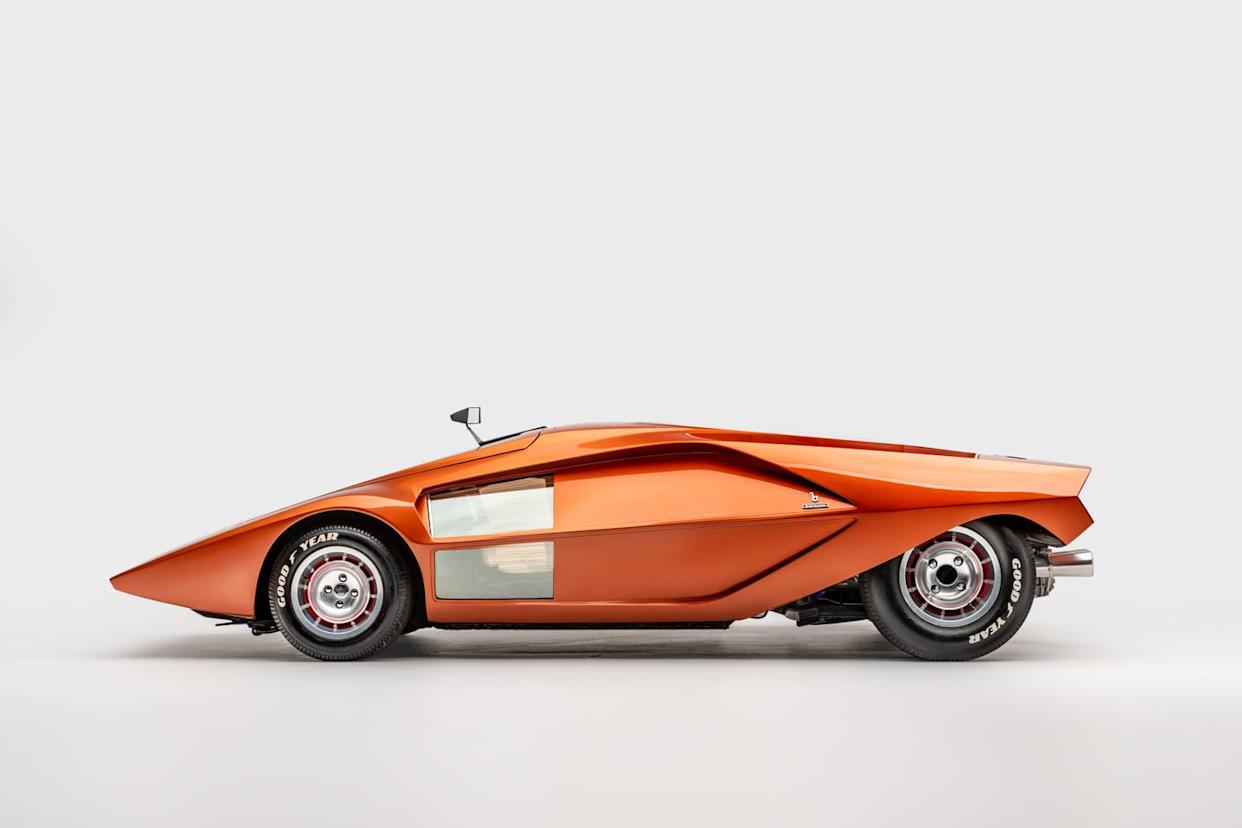
Consider the wedge: It’s superb as a door stop, it functions as a means to break up a relationship (so you can dive in!), and it’s a great way to serve cheese. But what about the wedged shape of certain automobiles?
At first a wedge would seem like the perfect way to get downforce: Just shape the car like an isosceles triangle and the whole thing becomes the planar surface—nothing but downforce. Turns out aerodynamics is more complex than that, but it was a nice idea.
Well, the Petersen Automotive Museum in Los Angeles is right now celebrating wedge-shaped cars with a new exhibit called, The Wedge Revolution: Cars on the Cutting Edge.
“We were originally going to call it The Right Angle, but then we realized there are no right angles when you’re talking about a wedge,” said associate curator Jonathan Eisen.

Eisen sees a larger context for the celebration of the angular shape.
“It was a definite design movement, but one that I don’t think had really been yet recognized as such, although we all know that there were all these wedge-shaped cars that came about in the ’60s and ’70s, up to the early ’80s. But, you know, I don’t think much attention had been paid to it as a design movement.”
There was a class, a tribute, to wedges at Pebble Beach last year, which helped exhibit advocates inside the Petersen to get a wedge in the door and get the exhibit green-lit.
Right here at the top let’s just say there is no Triumph TR7 or TR8, which you would just assume was the quintessential wedged car.
“We did actually consider a TR8,” said Eisen. “We thought, well, if we were gonna have one of those cars, we should have a TR8, because that’s the more unusual one. And of course, the whole ad campaign around that car was centered around it being a wedge."
But then they thought of their mantra.
“One thing that we like to do here at the Peterson is only show cars that you’ll only see at the Peterson, you can go to your local cars and coffee and see a TR7.”
And there were enough wedge cars you’ll only see at El Pete to make for a whole exhibit. Consider the Lamborghini Countach LP400 Periscopio.
“Who wouldn’t want to see a Periscopio,” asked Eisen, rhetorically.
A couple of the other cars you might be familiar with, too. There’s a Lancia Stratos; both it and the Periscopio belonging to Tesla designer Franz von Holzhausen. There’s a Maserati Khamsin and a DeLorean.

But have you ever seen the 1968/76 Chevrolet Aerovette? It was a concept for a mid-engine Corvette 50 years before the C8. It was displayed many times, with different engines. At one point it even had a Wankel rotary. It looks great. They should have made it.
The Honda Lady rides on a Civic platform but has its own, unique body. There are several ultra-cute little angular upright two-seaters. One, the Urban Car, was made by Kohler, the company that makes toilets. Another is made from a kit you’d order in the back of Mechanix Illustrated that came with the foam blocks you’d lay fiberglass over to make the body panels.
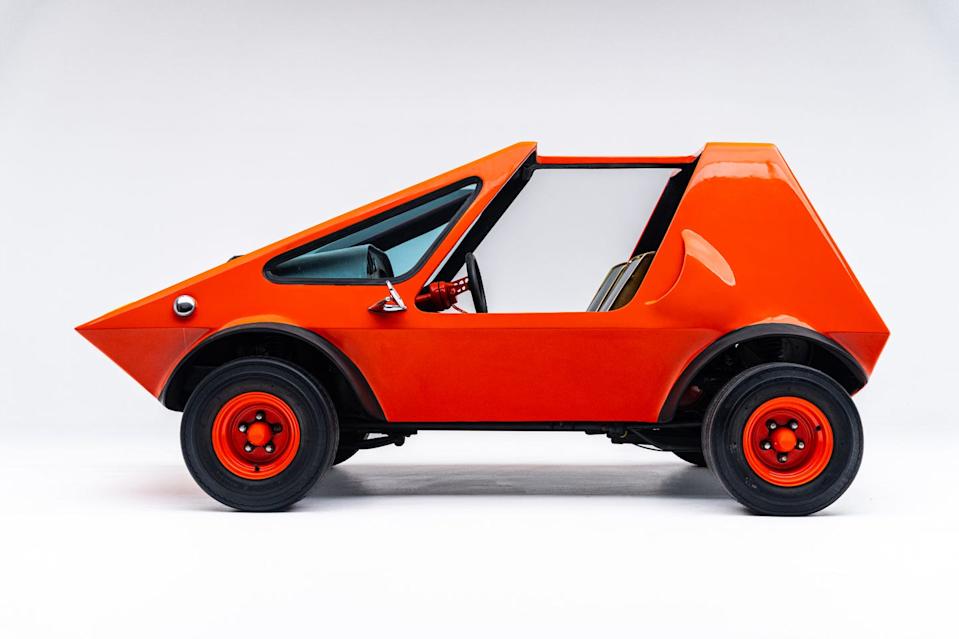
“I guess it was cheaper to do it that way,” Eisen speculated.
Every one of the 13 cars in the exhibit has a story like that, laid out handily on little placards.
It’s guaranteed to fascinate you. Go to the Petersen and wedge your foot in the door.
For more info, see Petersen.org.
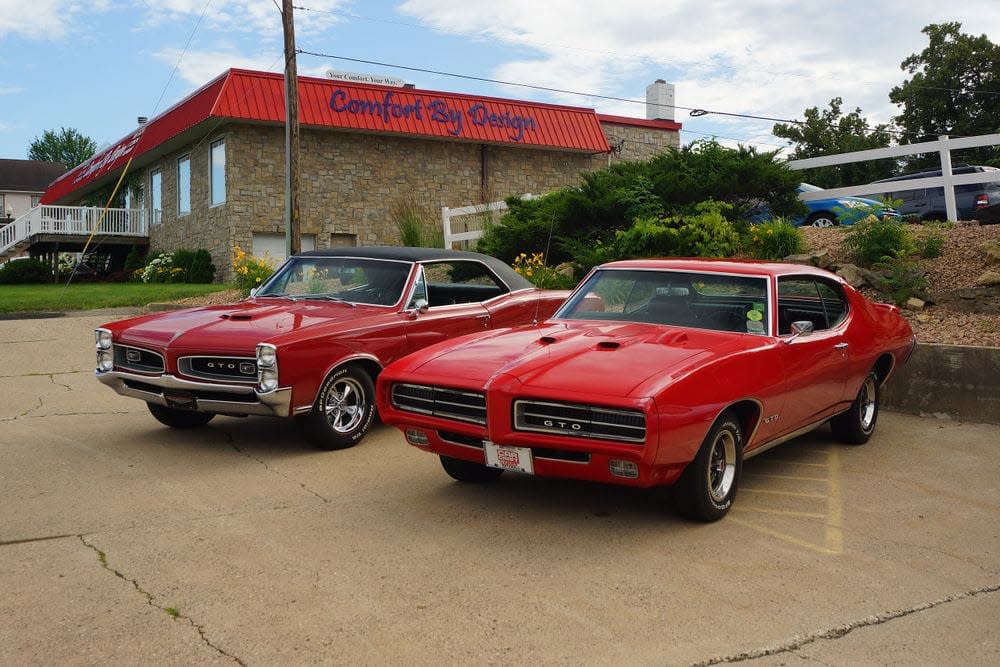
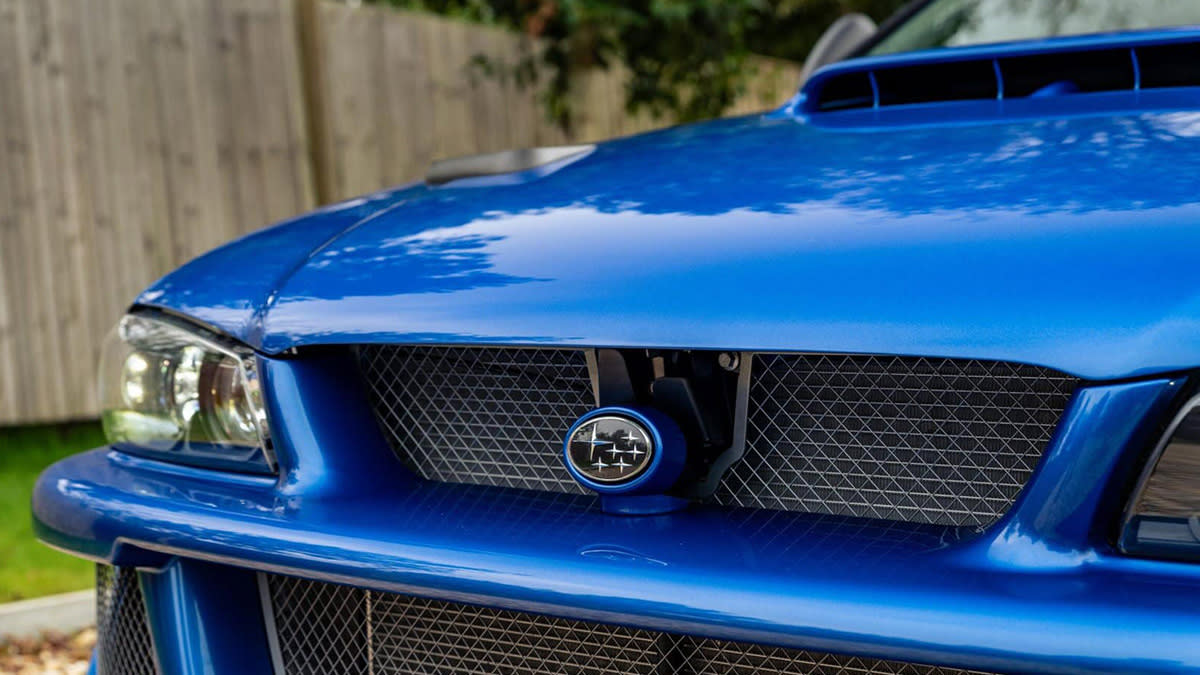


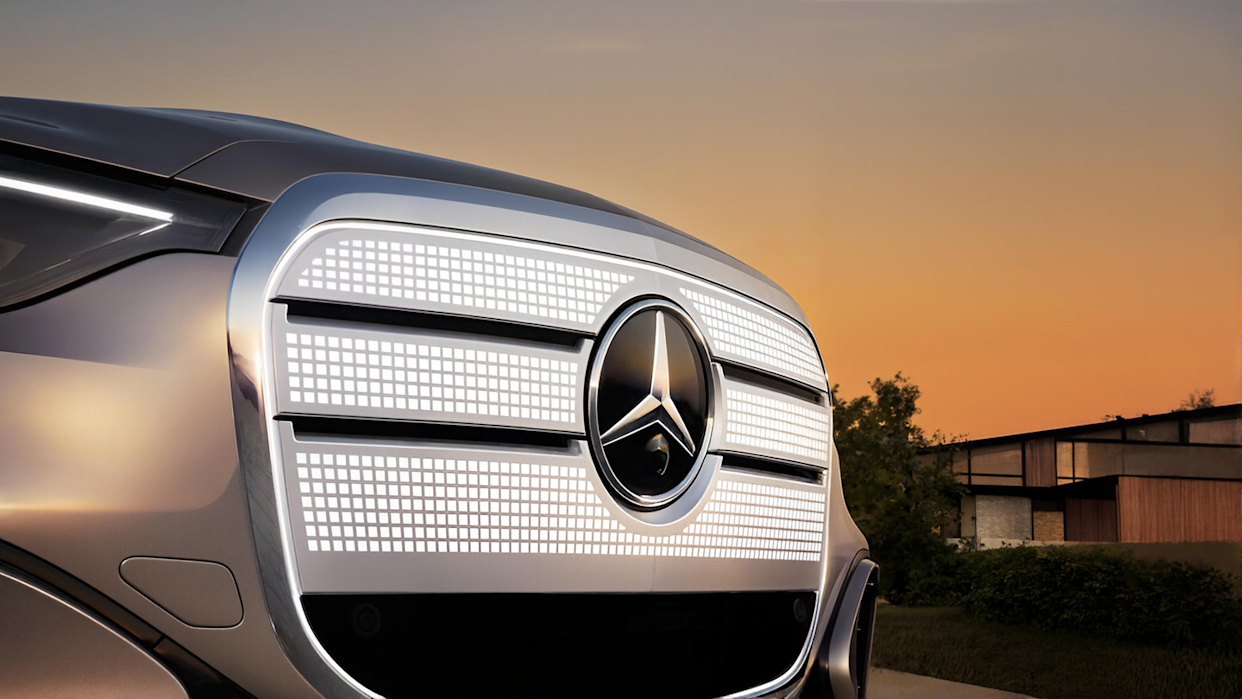

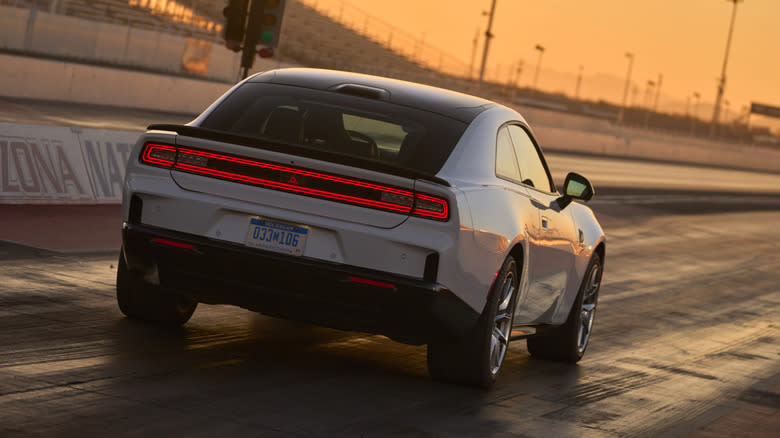
Comments